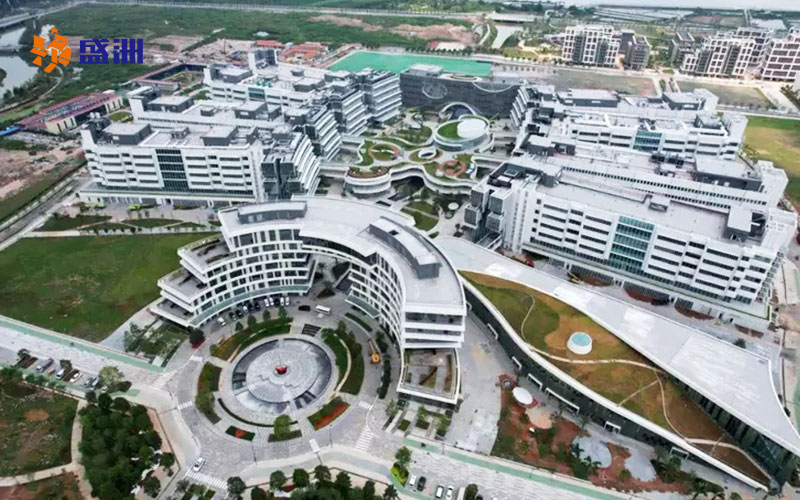Hong Kong University of Science and Technology (Guangzhou Campus) Soft Foundation Treatment Engineering Project
Hong Kong University of Science and Technology (Guangzhou Campus) Soft Foundation Treatment Engineering Project

Engineering Introduction
Project Name: Guangzhou Nansha Qingsheng Hub Block Comprehensive Development Project - Qingsheng Science and Technology Innovation Education Core Area Project Hong Kong University of Science and Technology (Guangzhou) Soft Foundation Treatment Project
Project location: Near Qingsheng High Speed Railway Station in Nansha, Guangzhou, Guangdong
Project area: covering an area of 1.13 square kilometers
Construction method: plastic drainage board+water vapor separation method vacuum preloading+deep mixing pile
Construction time
Start date: July 2020
Completion date: October 2020
Construction unit: Guangzhou Sunzo Foundation Engineering Co., Ltd
Project Overview
The Hong Kong University of Science and Technology (Guangzhou) project is located in the Northwest Angle of the Qingsheng hub block in Nansha District, Guangzhou. The project is based on the seamless integration with the development planning direction of the Guangdong Hong Kong Macao Greater Bay Area as a strategic hub, and constantly promotes the emergence of comprehensive talents from Hong Kong, Macao, and nine different cities in Guangdong Province, promoting the deep integration within the region and promoting the coordinated development of regional economy. The project construction includes 12 essential school buildings, including classrooms, laboratory and internship rooms, libraries, indoor sports rooms, school administrative office rooms, departmental and teacher office rooms, teacher-student activity rooms, auditoriums, student dormitories (apartments), canteens, single teacher dormitories (apartments), logistics and ancillary rooms.


construction plan
The Hong Kong University of Science and Technology (Guangzhou) soft foundation treatment project adopts plastic drainage boards, water vapor separation method vacuum preloading, and deep mixing piles. The Hong Kong University of Science and Technology (Guangzhou) soft foundation treatment project has loose soil with high water content, and PVD plastic drainage boards are used to remove water from the foundation to accelerate the consolidation of the soft foundation and achieve the treatment of the soft foundation. The row spacing of PVD drainage board is 69cm, the spacing is 80cm, the specification of drainage board is 100 * 4.5mm, equilateral triangle layout, and the design depth is 20.0~20.4m. Fully adopting an automatic control system, the goal of controllable construction and precise management has been achieved. In this project, only one cable needs to be laid for each soft foundation treatment zone, and only one electric control box needs to be installed, avoiding the traditional vacuum preloading cable line like a spider web, which is safe and controllable. Traditional vacuum preloading involves mixing water and air for extraction, which requires a large amount of electricity to extract gas during vacuum extraction, consuming vacuum and wasting efficiency. The effective efficiency of jet vacuum pumps is only about 20%. The water and gas separation equipment developed by Sunzo (patent number: 2013104813139) performs vacuum preloading, separating the extraction and drainage to prevent the water and gas mixture from damaging the vacuum environment in the vacuum negative pressure chamber. It does not consume vacuum stress and has no efficiency dissipation. Its efficiency is 2.5 times that of traditional methods, reducing power costs and greatly achieving energy conservation and environmental protection.
Deep mixing uses materials such as cement as solidification agents, and through mixing machinery, the soft soil and cement slurry are forcibly mixed in place at the depth of the foundation. A series of physical and chemical reactions occur between the cement slurry and the soft soil, causing the soft soil to harden into cement reinforced soil with integrity and certain strength, thereby improving the strength of the foundation. It is also a commonly used method for strengthening saturated soft clay foundations.

